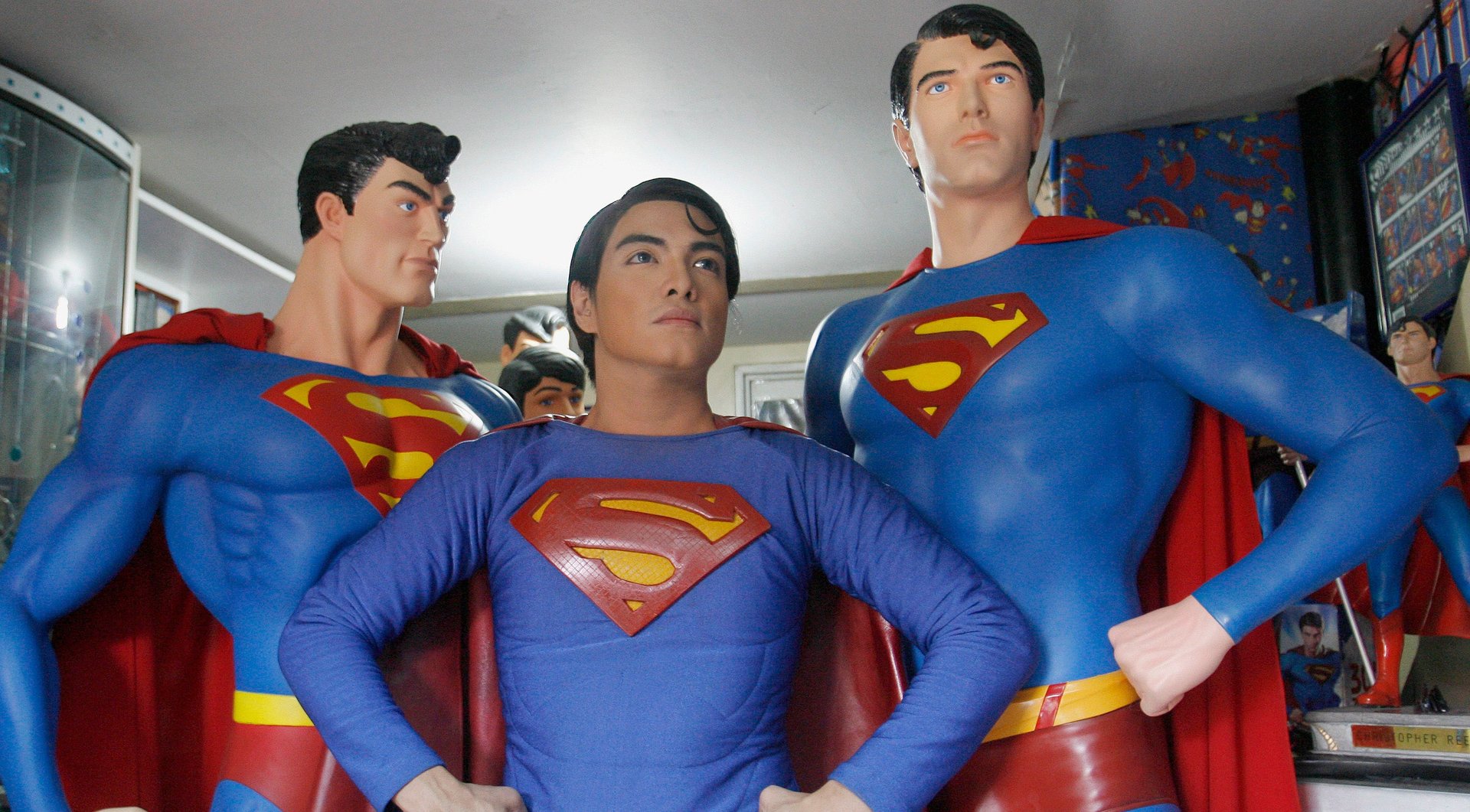Hollywood’s superheroes still equate power with whiteness
Marvel’s comic book universe is full of fantastic characters. Green monsters fall in love with super-spies, Gods walk among us, and men talk to ants. Which makes it all the more ridiculous that in the context of such extreme diversity, Asian people don’t seem to exist.


Marvel’s comic book universe is full of fantastic characters. Green monsters fall in love with super-spies, Gods walk among us, and men talk to ants. Which makes it all the more ridiculous that in the context of such extreme diversity, Asian people don’t seem to exist.
The erasure of non-white identities is common in Hollywood, as the decision to cast Scarlett Johansson in the Japanese role of Major Motoko Kusanagi in the forthcoming Ghost in the Shell remake makes clear. But superheroes seem particularly prone to whitewashing. In the new teaser trailer for Dr. Strange, the Ancient One, a Tibetan man in the original 1960s comics, is played by Tilda Swinton, a white woman. The new Iron Fist Netflix series cast a white man to play its central character, a martial artist steeped in Eastern wisdom. While this decision stays true to the original comic, it’s a disappointing setback for fans who had hoped that just this once, an awesome avatar of Asian culture might actually be Asian himself.
Meanwhile, the Marvel television show Agents of S.H.I.E.L.D. does feature a Chinese-American superhero. But in an ironic twist, actress Chloe Bennett, who plays the super-powered Skye, has noted in interviews that she had to change her name from Chloe Wang in order to get callbacks.
The message from this story is clear: Asian people can be powerful heroes, but it helps if audiences, and executives, don’t know right away that they’re Asian. To be super, you need to assimilate.
The connection between superheroes and super-assimilation isn’t new. Like Chloe Bennett, Stan Lee, the writer of the original Marvel comics, changed his name from Stanley Lieber to appear more “mainstream.” Jack Kirby, artist and creator of the Hulk, the Fantastic Four, and the bulk of Marvel’s most famous characters, was born Jacob Kurtzberg. Like Bennett, both Lieber and Kurtzberg obscured their ethnic identities for professional reasons, to avoid prejudice.
Assimilation for Jewish creators in comics didn’t just mean name changes. It meant writing characters who were goyim, at least on the surface. Jerry Siegel and Joe Shuster’s Superman was an immigrant named Kal-El from a distant planet—an origin story that has prompted many critics to claim that Superman is Jewish. But Clark Kent is also the adoptive child of Midwestern, protestant farmers—generally portrayed specifically as Methodist. (Siegel and Shuster sometimes submitted work under a non-Jewish name as well.) Joe Simon and Jack Kirby’s Steve Rodgers (Captain America) is a weak, disempowered, nerdy Jewish stereotype. When he injects the super-soldier serum, however, he becomes a perfect specimen of Aryan virtue, wrapped in the flag. And while Ben Grimm, The Thing from the Fantastic Four, is presented as a working-class immigrant, it wasn’t until 2002–more than forty years after the character’s first appearance–that Marvel officially said he was Jewish.
Superman, Batman, Captain America, the Fantastic Four—these are all characters created by Jews. And yet none of them is portrayed as openly Jewish. That suggests that the empowerment fantasy in Superman, and in superhero comics more generally, is not just about gaining powers. It’s about being white, mainstream, and assimilated. To read these comics is not just to ask, “What if I could fly?” It’s to ask, “What if I were white in America?”
Power and whiteness in this context are inseparable, and have been throughout the history of America. Take one brutally racist scene from 1915’s Ku Klux Klan epic Birth of a Nation, in which a “noble” white hero single-handedly trounces a room full of black men.That upstanding white guy could be Batman fighting a bunch of thugs, or he could be Daredevil tossing around Asian ninjas in Netflix’s television reboot. Assimilate, embrace whiteness, and superpowers shall be yours.
Does this mean that superheroes are always, automatically, a fantasy of whiteness? Not necessarily. Some creators have deliberately addressed and pushed back against the assimilationist aspects of the superhero genre. Take Dwayne McDuffie’s Icon, a 1990s comic featuring a superpowered alien black hero in the title role. Icon was a conservative in the tradition of Booker T. Washington; black people could advance, he argued, via law-abiding hard work and embracing the American dream. Yet his faith in self-help was routinely criticized by the comic, especially by his partner Rocket, a poor teen mother with a much less optimistic view of American racism.
More recently, G. Willow Wilson’s Ms. Marvel features a Pakistani-American Muslim hero named Kamala Khan. Khan, whose power is shape-shifting, initially turned into a white woman when she donned her superhero costume. An issue or two in, however, she decided that being a hero didn’t have to mean being white and began fighting crime in her own brown skin.
McDuffie and Wilson both chose to push back against the superhero as assimilation narrative. To create a superhero who doesn’t assimilate, and for whom power isn’t equated with whiteness, requires creators to think about and criticize the standard tropes of the genre. If you take the path of least resistance, you’re going to end up with Iron Fist or Dr. Strange—stories about how white men appropriate Eastern knowledge in order to become better Asians than Asians themselves could ever be. To be a hero, it is implied, Asians are supposed to dream of being white—just as Clark Kent and Steve Rodgers did before them.
If we don’t want to keep creating white power fantasies, we need to stop telling the same old superhero stories—or else find a way to tell them differently. As a start, you could cast characters like Dr. Strange with Asian actors. And maybe, after 75 years, we could finally get a Superman who proudly wears a yarmulke.